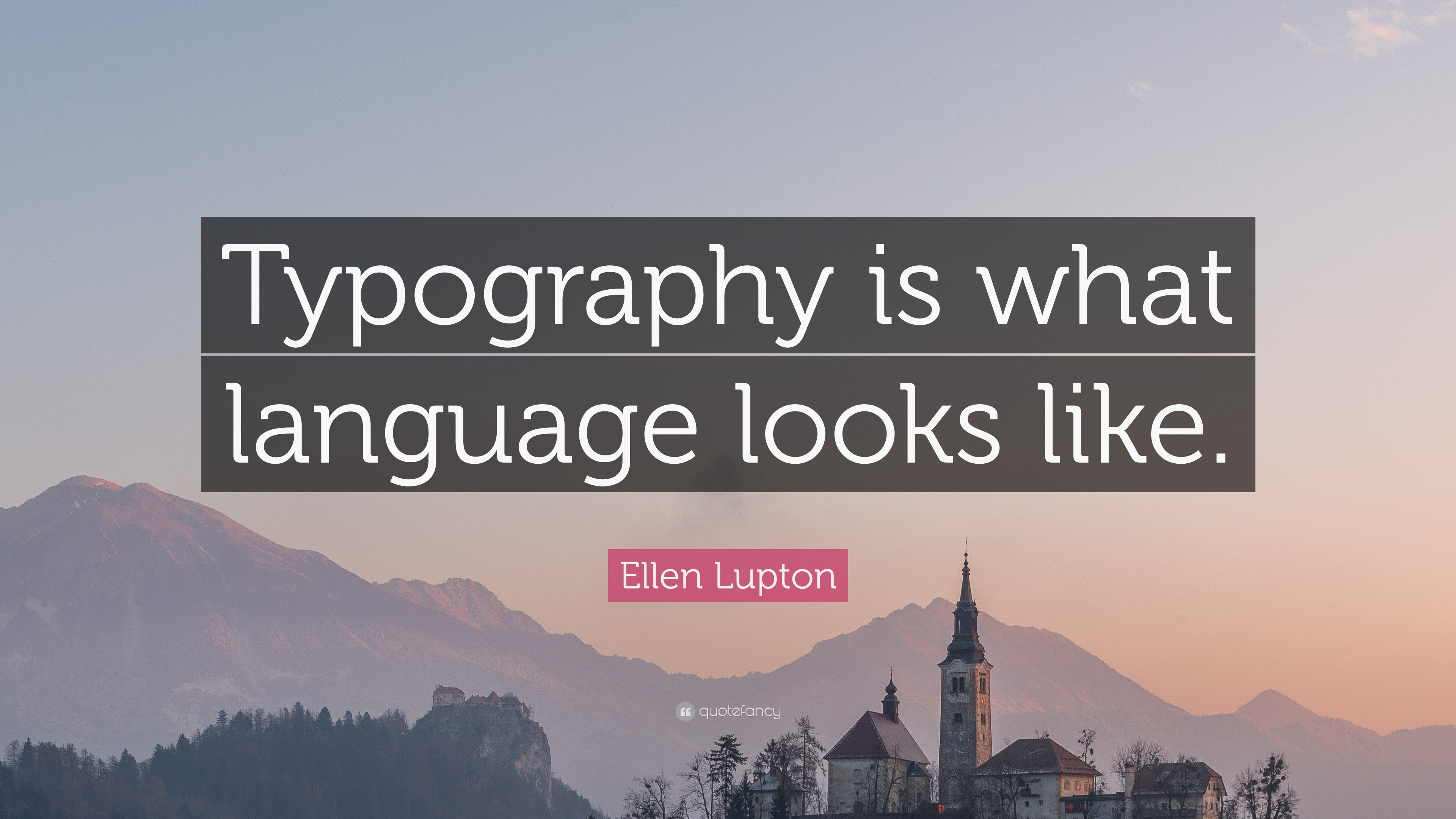
Science leaves the designer more or less at sea in terms of font choice.Ī 1998 study testing fonts on the screen revealed conflicts between how users performed and what they said they liked. The authors’ conclusion: “Type faces in common use are equally legible” (613). The study emphatically concluded that 10 points is the “optimum size” for efficient reading-a result relevant, however, only for texts set at a particular line length (80 mm), in a particular typeface (not disclosed).Īnother study by Paterson and Tinker tested ten different fonts, including traditional, serifed faces as well as the sans serif Kabel Lite, the monospaced American Typewriter, and the densely decorated, neo-medieval Cloister Black.2 Only the last two fonts-Typewriter and Cloister-caused any significant dip in reading speed. Tinker published an analysis of type sizes-part of a series of studies they launched in pursuit of “the hygiene of reading.”1 Texts were set in 6-, 8-, 10-, 12-, and 14-point type. Although rational and scientific, this process is also problematic, as typographic variables interact with each other-a pull on one part of the system has repercussions elsewhere. What did I learn from slogging through hundreds of pages photocopied or downloaded from journals with titles like Behavior and Information Technology and International Journal of Man-Machine Studies? Both a little and a lot.Įach study isolates and tests certain variables (font style, line length, screen size, etc.). This research, little known to practicing designers, takes a refreshingly rigorous-though often tedious and ultimately inconclusive-approach to how people respond to written words on page and screen. From the late nineteenth century to the present, researchers from various fields-psychology, ergonomics, human computer interaction (HCI), and design-have tested typographic efficiency.


Interested in alternative attitudes, I recently set out to examine the scientific literature on typography. Despite heroic efforts to create a critical discourse for design, our field remains ruled, largely, by convention and intuition.


 0 kommentar(er)
0 kommentar(er)
